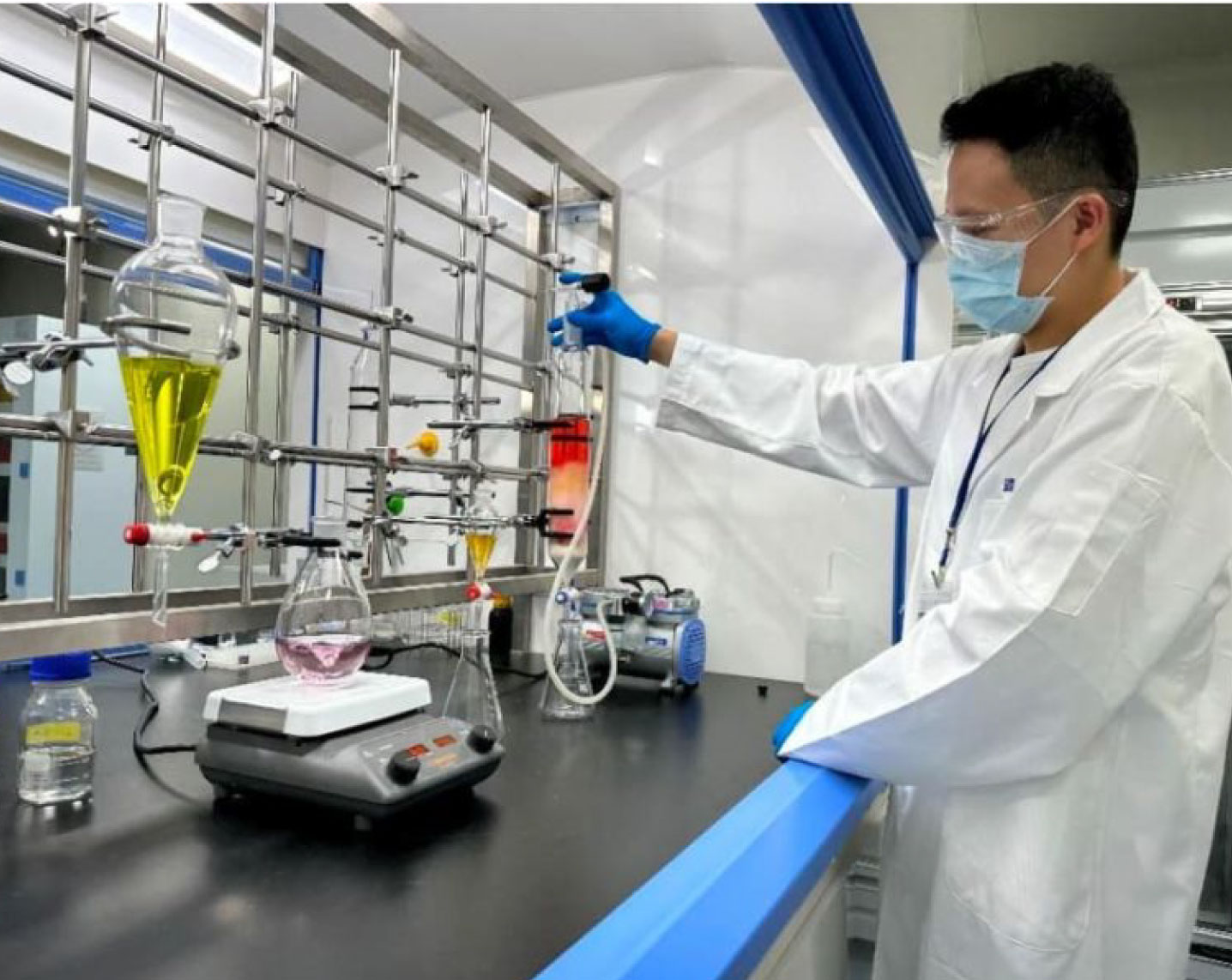
Following the positive results announced in November from the Phase II clinical trial of its stroke therapeutic, GWOXI Stem Cell today announced the granting of two Taiwan invention patents for a pharmaceutical composition for the treatment of chronic stroke. These patents help to complete the overall patent portfolio for GWOXI’s stroke stem cell therapeutics and are expected to facilitate future licensing negotiations, accelerating the commercialization timeline.
Stroke is a leading cause of death and disability worldwide, with approximately one in six people experiencing a stroke. Even when patients survive, they often suffer from various neurological impairments, and for the majority of stroke patients, no effective treatment currently exists to restore neurological function.
Three months after a stroke, the blood-brain barrier has closed, entering the chronic stroke phase. At this stage, intravenous administration cannot effectively reach the brain, and relevant growth factor signaling within the brain ceases. As a result, conventional stem cell injections are ineffective. However, using its stem cell analysis platform and “Nigiro-Med” activation technology, GWOXI has developed a stroke stem cell therapeutic that enables stem cells to consistently produce neurotrophic factors.
According to GWOXI’s Phase II clinical trial results, this innovative stem cell therapeutic enables stroke patients who had shown no progress under conventional treatments to experience therapeutic improvements within two weeks, with continued neurological function recovery observed up to Week 24. This breakthrough challenges the traditional view that neurological function cannot improve six months post-stroke. As a result, the therapy has been granted two Taiwan invention patents and serves as a basis for strategic international patent filings.
According to a Global Market Insight report, the global prevalence of stroke is increasing annually, with the stroke market reaching USD 37.24 billion in 2022 and projected to grow to USD 59.95 billion by 2030, representing a compound annual growth rate (CAGR) of 6%. In Taiwan, data from the Ministry of Health and Welfare indicate that approximately 30,000 to 40,000 new stroke cases occur each year, highlighting it as a high-prevalence disease.
(Image source: GWOXI Stem Cell)
